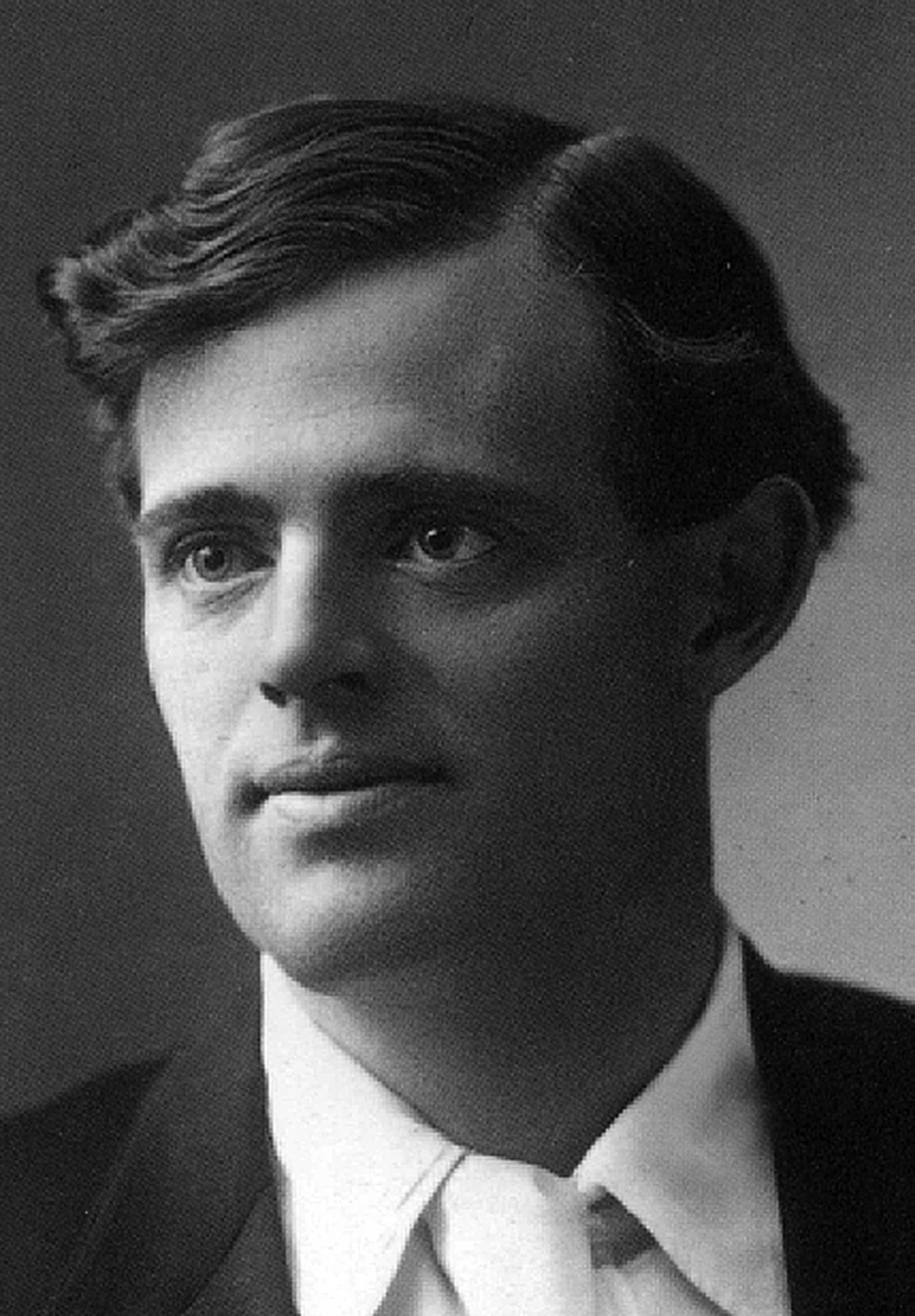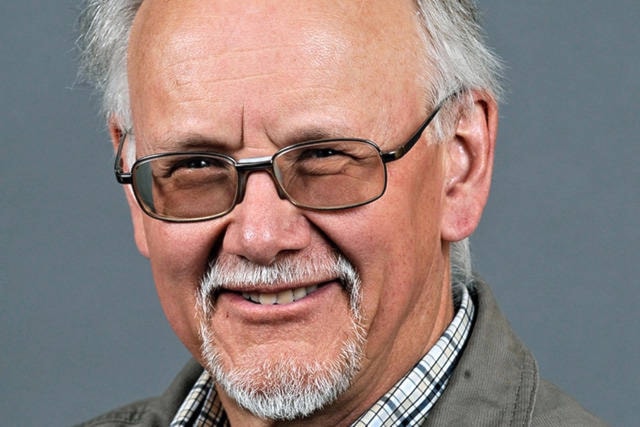Many years ago, Pierre Berton wrote about a sourdough gathering on the Pacific Coast where Mike Mahoney, about whom the book Klondike Mike was written, rose to recite Robert Service’s famous poem, “The Shooting of Dan McGrew.” When finished, Mahoney would usually elaborate, saying that he was an eye witness to the shooting.
Monte Snow, whose father had taken him into the mining camp of Forty Mile before the Klondike gold was discovered, had had enough of this tomfoolery. He jumped up and announced to the assembled crowd that the events observed by Mahoney were nothing but fabrication.
In fact, Service wasn’t even in Dawson City during the gold rush, and only arrived there as a clerk at the Canadian Bank of Commerce a decade later.
The assembled throng booed Snow for challenging Mahoney, and, according to Berton, gave Mahoney the greatest ovation of his career. It can be an uphill battle and an unpopular task trying to tell the truth about certain events that took place during the Klondike gold rush.
Berton went on to state that the unvarnished truth of the Klondike gold rush was far more interesting than any story that could have been fabricated. I couldn’t agree more. Nevertheless, fanciful fabrications abound that muddy the waters surrounding this pivotal historical event.
I have taken my fair share of knocks for trying to separate the wheat from the chaff of Yukon history.
Last year, I reviewed a book titled Gold Rush in the Klondike: A Woman’s Journey in 1898-1899, by Josephine Knowles. I pointed out that Knowles’s encounters with Jack London were utterly false, he having left Dawson with a severe case of scurvy not long after the ice broke up in the Yukon River in the spring of 1898, and well before she arrived in the Klondike.
I, like Monte Snow, was berated for pointing out this discrepancy. A reader, with the pseudonym A.J. London, likened my review of the book to an undergraduate book report. The reviewer went on to state, “Your insights are trite and constitute a mere distraction for this reader as opposed to any journalistic or literary talent in critiquing a book.”
Ouch!
Well, as unpopular as it may seem, I stand by my comments, and the fact is that the truth is every bit as interesting as anything someone could dream up.
But Knowles was not the only one to brush the facts aside. Travel Writer Frank G. Carpenter wrote that Jack London and Swiftwater Bill Gates were business partners, a feat that would have been challenging for the most athletic contortionist, as Gates was leaving the territory while London was entering — by a different route.
Sixty-four years after the gold rush, Michigan sourdough Frank Hahnenberg remembered clearly meeting Robert Service on the Chilkoot Trail below the summit. According to Hahnenberg, Service was writing The Trail of 98 at the time. Service did not enter the Yukon until many years later, and had lived in Dawson City for some time before he wrote the famous novel. Even the respected jurist Judge James Wickersham placed Service in the bank in Dawson — years before his arrival in the north.
Ella Lung Martinsen, in her book, Trail to the North Star Gold, relates how her father, Ed Lung, encountered Klondike Kate Rockwell and Cad Wilson on a stage coach headed for Hunker Creek during the gold rush. That was clearly impossible since Wilson left the north a year before Rockwell arrived.
Ellis Lucia, biographer of Kate Rockwell, further perpetuates the Rockwell/Wilson legend by placing Rockwell and Wilson in the Klondike at the same time. All you have to do is establish a timeline of the movements and activities of each of them to realize they never crossed paths in the North.
More than 50 years after the fact, aging sourdough Monte Hawthorn clearly remembered Jack Dalton shooting Dan McGinniss in a saloon in Haines, Alaska. The details of his account are refuted by the testimony given under oath at Dalton’s trial, only weeks after the shooting.
Most of these accounts — and many others — are drawn from the memories of the tellers, decades after the actual events. This allowed ample time for the famous names and faces to be slipped into their stories. After all, who is going to challenge their recollections; why not embellish the facts a little, and live the legend?
Even Martha Black, one of the most respected citizens of the gold rush, shifted her story slightly in later years. In a description of her passage through the turbulent waters of Miles Canyon written to her parents in a letter in 1898, she related how she walked around the canyon, picking berries along the way, while in her autobiography, My Seventy Years, published in 1938, she modified the event to a hair-raising boat trip through the canyon — in defiance of the Mounted Police.
Neither was her husband and member of Parliament, George Black, immune from stretching the truth, although in one case, the stretching was done by an overzealous journalist. According to the journalist, the rookie M.P. rose from his seat in the House of Commons, and travelled to Edmonton to defend a man, who served with him during World War I, from a murder charge. According to the journalist’s account, Black had him acquitted.
But the journalist omitted the date of the trial, and got the name of the accused, the circumstances, and the outcome wrong. This tale of legal heroism was retold in the newspapers for two decades, without Black ever correcting the details. It took me 18 months to discover the true identity of the defendant, locate the newspaper accounts and uncover the court transcript of the trial, with the full details of the stabbing.
I consider a number of things when researching a person or event. First, diaries and accounts written immediately after the events are generally more accurate and trustworthy than memoirs written years, often decades after the Gold Rush. Second, when trying to unravel the truth of personal accounts, I seek to verify facts by comparing them with newspapers, government records, letters, and other sources.
Finally, I have learned that because accounts have been repeated over and over again doesn’t make them more reliable or truthful, simply more familiar. But when you contradict the legend, you are going to get a rough ride.
Michael Gates is a Yukon historian and sometimes adventurer based in Whitehorse. His new book, From the Klondike to Berlin, is now available in stores everywhere.

